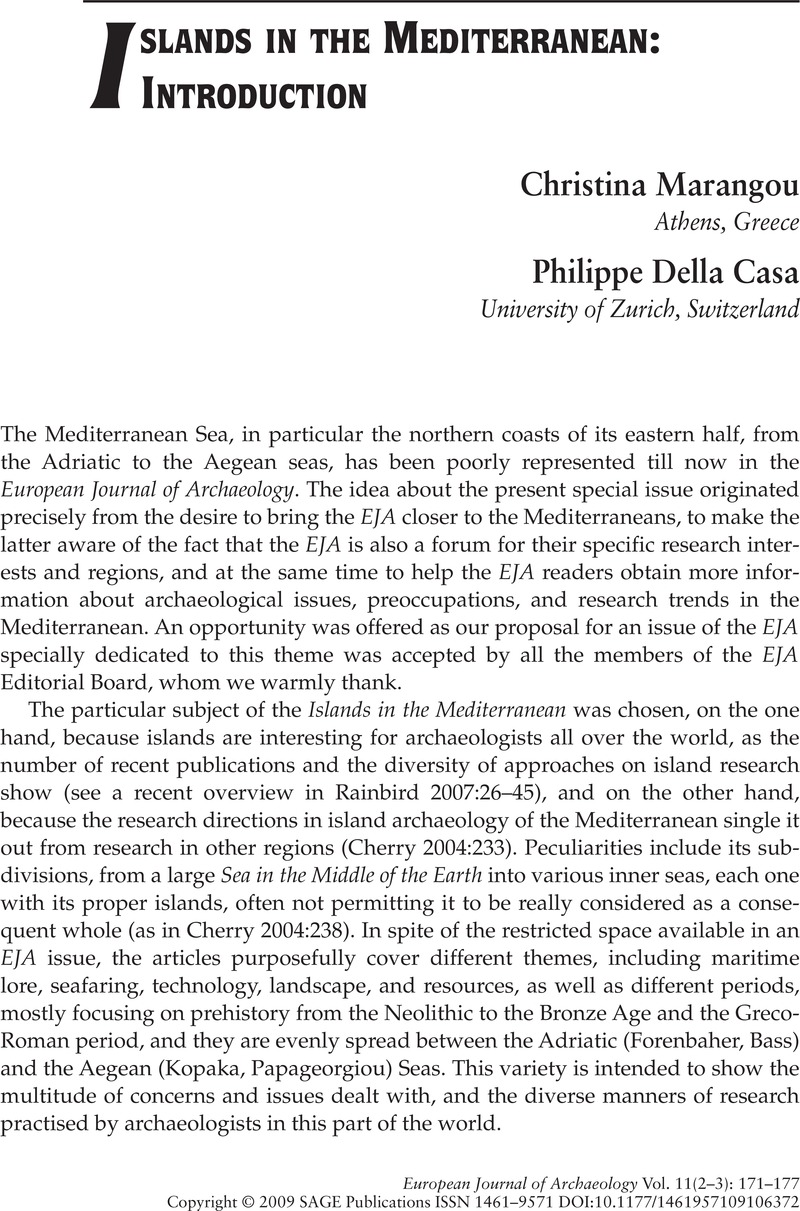Crossref Citations
This article has been cited by the following publications. This list is generated based on data provided by Crossref.
Blakely, Sandra
2020.
Tangled Myths and Moral Networks: Pacific Comparanda and the Samothracian Sea.
Journal of Eastern Mediterranean Archaeology and Heritage Studies,
Vol. 8,
Issue. 3-4,
p.
314.



